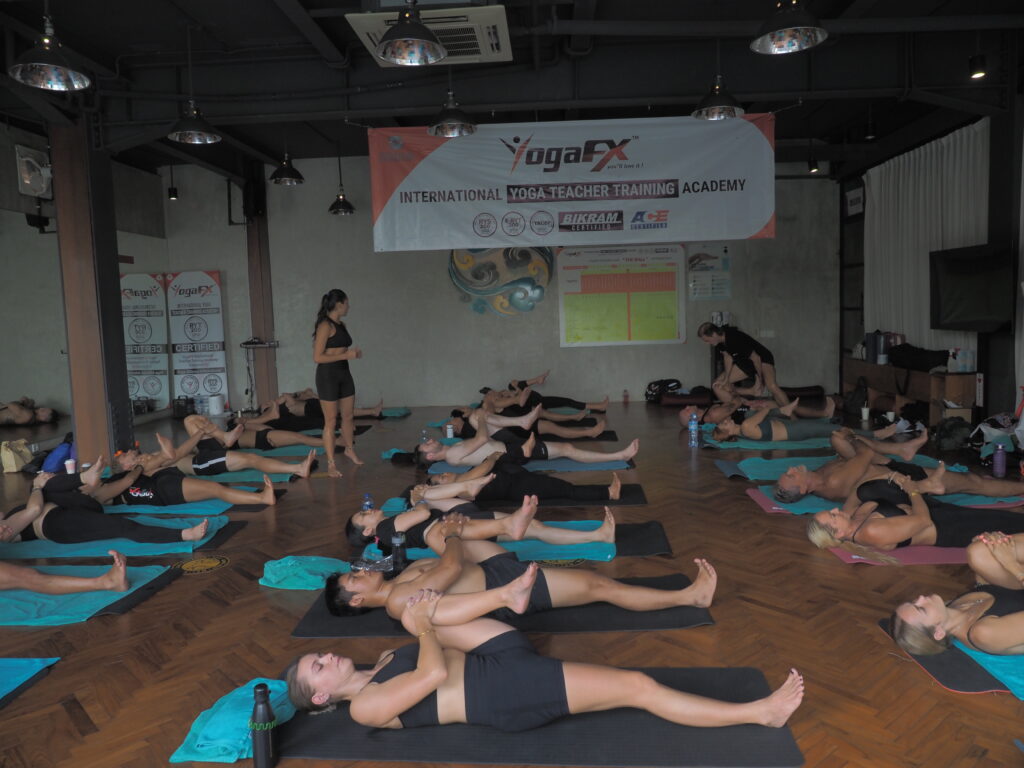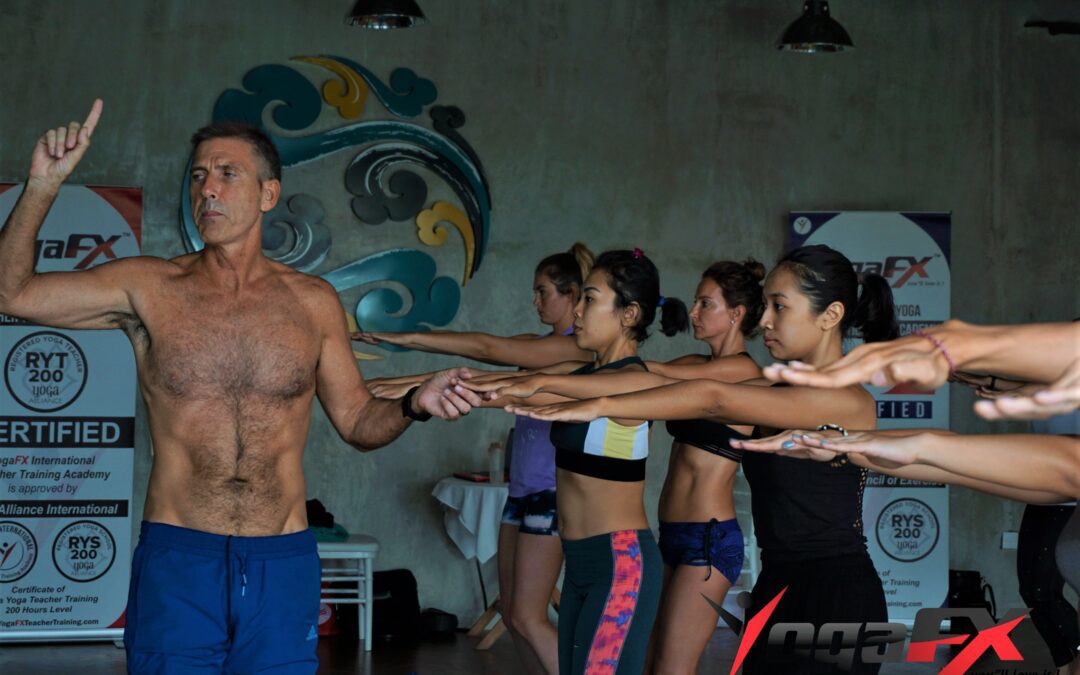Yoga teaching is a dynamic and fulfilling endeavor, offering an opportunity to guide students on their journey of physical, mental, and spiritual well-being. As a yoga instructor, it is essential to continually refine your teaching skills and explore new ways to empower your students. With the right yoga teaching tips, you can enhance your instructional approach, deepen your students’ yoga experience, and create a supportive environment for growth and transformation. Whether you are a seasoned instructor or just starting on your teaching path, these valuable insights and techniques will help you take your yoga instruction to new heights of effectiveness and inspiration.

Cultivating a Strong Foundation
To be an effective yoga instructor, it is crucial to cultivate a strong foundation. This starts with deepening your own personal practice and continually expanding your knowledge of yoga philosophy and principles. Regularly attending classes, workshops, and retreats led by experienced teachers allows you to gain fresh insights, refine your skills, and stay inspired. Additionally, pursuing yoga teacher training programs, such as hot yoga, 26 and 2 yoga, or Bikram yoga teacher training, provides a comprehensive education and certification that enhances your credibility as an instructor.
“TURN BAD ENERGY INTO POSITIVE ENERGY”
Creating an Inclusive and Supportive Environment
One of the fundamental aspects of being a yoga instructor is creating an inclusive and supportive environment for your students. Embrace the diversity of your students’ backgrounds, abilities, and body types, ensuring that everyone feels welcome and accepted in your classes. Foster an atmosphere of respect and non-judgment, encouraging students to honor their bodies and practice at their own pace. Clear and compassionate communication is essential in building trust and establishing a safe space for students to explore their practice.

Sequencing and Class Structure
Sequencing and class structure play a vital role in creating a well-rounded and balanced yoga experience for your students. Begin with a mindful warm-up phase, gradually transitioning into the main part of the class that includes dynamic asanas and flows. Incorporate peak poses to challenge and inspire your students, and conclude the class with a gentle cool-down and relaxation phase. Be mindful of varying levels of students in your class, offering modifications and variations to ensure inclusivity and accessibility.
Effective Cueing and Instruction
Clear and effective cueing is crucial in guiding your students through their yoga practice. Use concise verbal cues that focus on breath, alignment, and mindful movement. Demonstrate proper alignment and encourage students to find their own variations that suit their bodies. Visual cues, such as hand gestures or demonstrations, can help enhance students’ understanding and execution of poses. Tactile cues, when appropriate and with students’ consent, can provide additional support and assistance.
Cultivating Mindfulness and Intention
Infuse mindfulness and intention into your teaching to create a deeper connection between the mind and body. Encourage students to cultivate breath awareness and focus on the present moment throughout their practice. Set clear intentions for each class, aligning them with the needs and goals of your students. Incorporate mindfulness practices, such as guided meditation or moments of stillness, to deepen the mind-body connection and create a more meaningful experience.
Skillful Hands-On Adjustments
Hands-on adjustments can be a valuable tool in providing physical guidance and support to your students. When applying hands-on adjustments, always prioritize the safety and comfort of your students. Obtain explicit consent before making any adjustments and be mindful of individual boundaries. Focus on gentle and supportive adjustments that enhance alignment and provide a deeper understanding of the poses. Regularly assess the appropriateness and effectiveness of hands-on adjustments in your teaching practice.
Cultivating Connection and Authenticity
Building a genuine connection with your students is essential for effective teaching. Be authentic and true to yourself, allowing your unique personality and teaching style to shine through. Create a welcoming and nurturing atmosphere that fosters a sense of community and trust. Actively listen to your students’ needs, concerns, and feedback, and adapt your teaching approach accordingly. Cultivating connection not only enhances the student experience but also helps create long-lasting relationships and a supportive yoga community.
Continuing Growth and Reflection
As a yoga instructor, ongoing growth and self-reflection are vital for maintaining the highest standards of instruction. Continuously seek opportunities for professional development and education to expand your knowledge and teaching repertoire. Actively seek feedback from students and fellow instructors to gain insights and improve your teaching effectiveness. Maintain a beginner’s mind, staying open to learning and embracing new perspectives. Regularly evaluate your teaching approach, making adjustments and refinements as needed.

Conclusion
In conclusion, embracing these yoga teaching tips will empower you to enhance your instruction and create a transformative yoga experience for your students. By cultivating a strong foundation, creating an inclusive environment, and refining your sequencing, cueing, and hands-on adjustments, you can guide your students towards growth, self-discovery, and well-being. Remember to foster mindfulness, authenticity, and connection in your teaching, continuously seeking growth and reflection. Aspiring instructors can also consider the convenience and accessibility of online Bikram yoga teacher training, such as the Bikram Hot YogaFX program offered by Mr. Ian YogaFX. By offering online training, aspiring teachers can embark on their journey of becoming certified Bikram yoga instructors from the comfort of their own homes. Embrace these yoga teaching tips, continue to grow as an instructor, and witness the transformative power of yoga in the lives of your students

